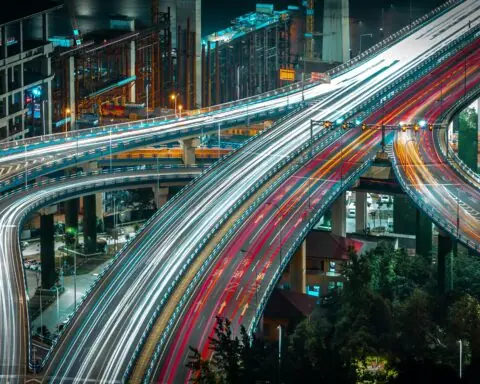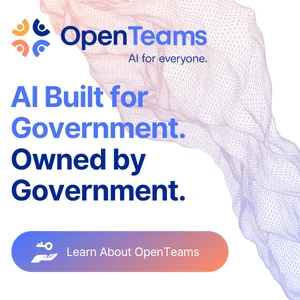The U.S. Department of Transportation is seeking input on ways it can harness the potential of artificial intelligence to improve transportation systems. In a request for information issued this week, the DOT said it wants stakeholders to submit comments within the next 60 days on ways to incorporate AI to improve all transportation modes and to provide feedback on emerging challenges and opportunities of incorporating AI in the transportation sector.
“AI has the potential to transform transportation and mobility in the future, just as it will transform our society and economy,” Dr. Robert C. Hampshire, deputy assistant secretary for research and technology and chief scientist at the Department of Transportation, said in a press release. The agency “would like to hear from a broad range of stakeholders on how AI can assist the DOT in developing the future of mobility that is safer, more efficient and lower emitting, while improving equity and access to all.”
Artificial intelligence has already shown its promise to revolutionize the transportation sector. Over the past year, self-driving cars have begun rolling across U.S. cities. In addition to private industries, the government has also taken an interest in AI technology at the state and federal level.
The DOT request for information comes in response to an executive order from the White House in October 2023. The order outlined how federal agencies should pursue AI, and it specifically sought to “promote the safe and responsible development and use of AI in the transportation sector.”
By formally requesting information, the DOT is fulfilling part of the order that gave it 180 days to explore opportunities for AI in transportation. The executive order also directs the DOT to consider responsible use of AI in future grant opportunities.
The department of transportation has listed five specific questions that it wants answers for. The first two are focused on current applications and future opportunities for AI in transportation. The third question focuses on the challenges posed by using AI, and how to ensure that technology is used responsibly. The fourth question is about “autonomous mobility ecosystems” and both the opportunities and risks to advanced software enhancements. Lastly, the DOT is asking about any other considerations not explicitly named in the request.
The department of transportation will be accepting responses until July 2, but it can already look to states that have begun utilizing AI in transportation. When it comes to artificial intelligence, state governments have been active in studying its potential uses and passing laws to safeguard against unauthorized deep fakes or privacy breaches. Some states have also already begun using AI for transportation improvements.
The California transportation agency Caltrans recently awarded contracts for developing tools using generative AI to reduce traffic bottlenecks and improve road safety. The AI is intended to help Caltrans make sense of vast data libraries it collects from traffic sensors, cameras, incident reports and third parties. By learning from that data, Caltrans hopes AI can help reduce traffic fatalities and allow Californians to easily reach their destinations.
In Texas, a project is underway to develop a corridor for self-driving trucks. In November 2023, the Texas Department of Transportation awarded a $1.4 million contract to smart road company Cavenue to begin installing its technology along a section of State Route 130. The 21-mile section is expected to be operational for self-driving trucks in 2025.












